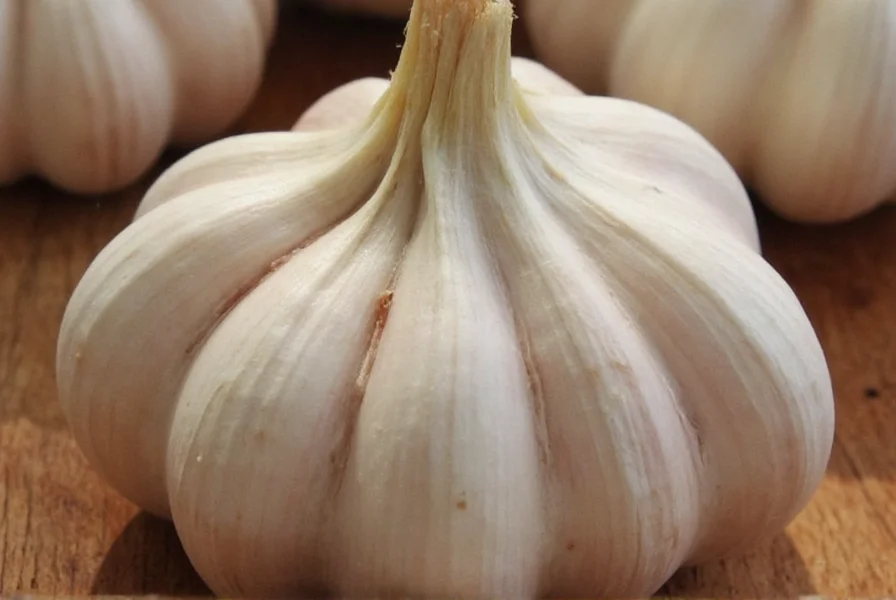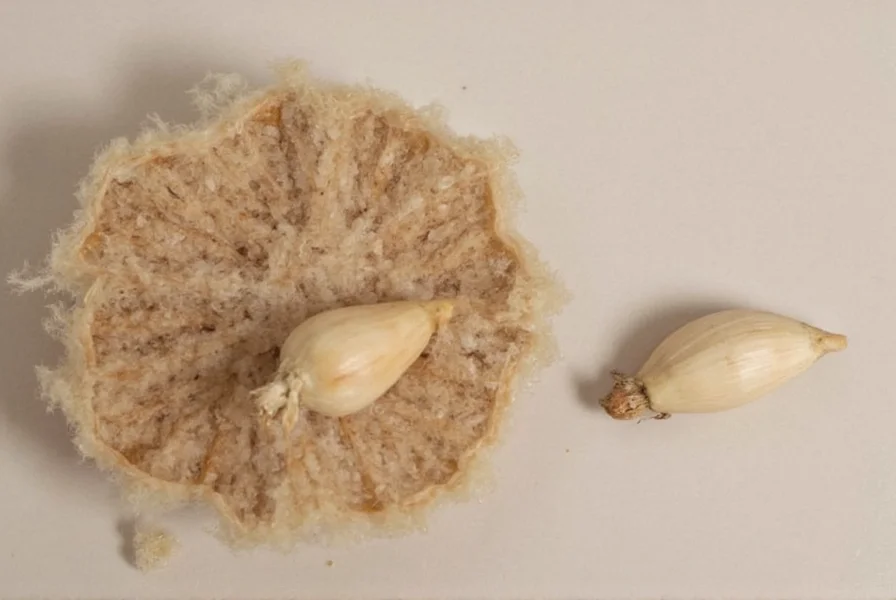When searching for ‘garlic clove fur,’ many home cooks and gardeners encounter confusion about what they’re observing on their garlic. This article clarifies the terminology, explains what you’re actually seeing, and provides practical guidance for handling garlic properly.
Understanding Garlic Anatomy
Garlic (Allium sativum) consists of multiple cloves bundled together in a head or bulb. Each individual clove has several distinct layers:
| Layer | Description | Texture |
|---|---|---|
| Outer bulb wrapper | Papery protective layer covering the entire bulb | Dry, flaky |
| Clove skin | Thin membrane surrounding each individual clove | Papery, slightly elastic |
| Flesh | The edible portion of the clove | Firm, dense |
| Germ core | Central sprout in older cloves | Stringy, green |
The ‘Fur’ Misconception Explained
The term ‘garlic clove fur’ typically refers to one of two conditions:
1. Natural Papery Skin
What many describe as ‘fur’ is actually the clove’s natural protective skin. This thin, papery layer:
- Is completely normal and edible (though usually removed for texture reasons)
- Has a light beige to purple hue depending on garlic variety
- Should remain dry and intact when garlic is properly stored
- Peels away easily when garlic is fresh

2. Mold Growth
When garlic develops actual fuzzy growth, this indicates mold development. Common characteristics include:
- White, green, or black fuzzy patches
- Musty odor
- Soft, mushy spots beneath the fuzz
- Often starts at cut surfaces or damaged areas
Mold on garlic typically appears when stored in humid conditions or after the protective skin has been compromised. Unlike the natural papery skin, mold growth means the garlic should be discarded immediately as some molds produce harmful mycotoxins.
Proper Garlic Storage Techniques
Understanding how to store garlic to prevent mold is crucial for maintaining quality. Follow these evidence-based storage methods:
- Room temperature storage: Keep unpeeled bulbs in a cool (60-65°F/15-18°C), dark, well-ventilated area
- Avoid refrigeration for whole bulbs (causes sprouting and moisture retention)
- Separate cloves only when ready to use
- Never store in sealed plastic bags or airtight containers
- Cut surfaces should be wrapped tightly and refrigerated for no more than 3 days
Identifying Spoiled Garlic
Learning to identify spoiled garlic cloves prevents food waste and potential health issues. Check for these warning signs:
- Fuzzy growth in any color (white, green, black)
- Soft, mushy texture when gently squeezed
- Darkened spots that penetrate beyond surface
- Strong, unpleasant odor (beyond normal garlic scent)
- Excessive sprouting with yellowed growth
When in doubt about is fuzzy garlic mold safe to eat, follow this rule: if you see visible mold, discard the entire clove. Mold roots penetrate deeper than visible growth, and cooking doesn’t destroy all mycotoxins.
Practical Uses for Garlic Skin
While searching for information about garlic clove skin removal techniques, many discover that the papery skin has valuable uses:
- Stock enhancement: Adds depth to vegetable stocks and broths
- Infused oils: Steep skins in olive oil for subtle garlic flavor
- Composting: Rich in nutrients for garden soil
- Tea: Simmer skins for a mild immune-boosting beverage
- Craft projects: Natural dye material for fabrics

Common Garlic Storage Mistakes
Many home cooks make these errors that lead to premature spoilage:
- Refrigerating whole bulbs - causes moisture buildup
- Storing near heat sources like stoves or dishwashers
- Keeping in sealed containers that trap humidity
- Washing before storage which introduces excess moisture
- Storing with potatoes which emit moisture-promoting gases
For optimal freshness, store garlic in a mesh bag, wire basket, or terra cotta garlic keeper in a dark pantry location. Properly stored, most garlic varieties maintain quality for 3-5 months.
Frequently Asked Questions
Is the papery layer on garlic safe to eat?
Yes, the papery outer skin of garlic is completely safe to eat though most people remove it for texture reasons. It contains beneficial compounds but can be tough and unpleasant in finished dishes.
What causes garlic to develop fuzzy growth?
Fuzzy growth on garlic indicates mold development, typically caused by excessive moisture during storage, damaged protective layers, or storage in humid environments. Properly stored garlic should never develop fuzzy growth.
Can I cut off moldy parts and use the rest of the garlic?
No, you should discard the entire clove if mold is visible. Mold roots penetrate deeper than visible growth, and cooking doesn't destroy all potential mycotoxins.
How can I easily remove garlic skin without cutting the clove?
Place cloves in a sealed container and shake vigorously, microwave for 10 seconds, or crush lightly with the flat side of a knife. These methods loosen the skin while keeping the clove intact for even cooking.
Does garlic skin have any nutritional value?
Yes, garlic skin contains antioxidants and beneficial compounds similar to the flesh, though in different concentrations. While not typically consumed directly, it can enhance stocks and broths when simmered properly.










 浙公网安备
33010002000092号
浙公网安备
33010002000092号 浙B2-20120091-4
浙B2-20120091-4